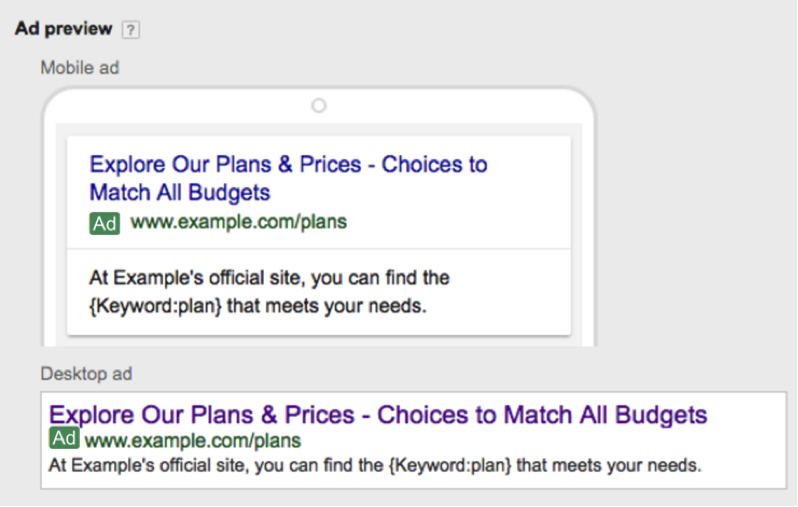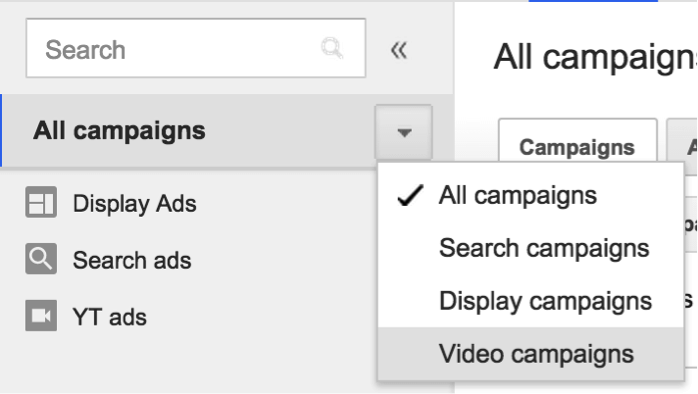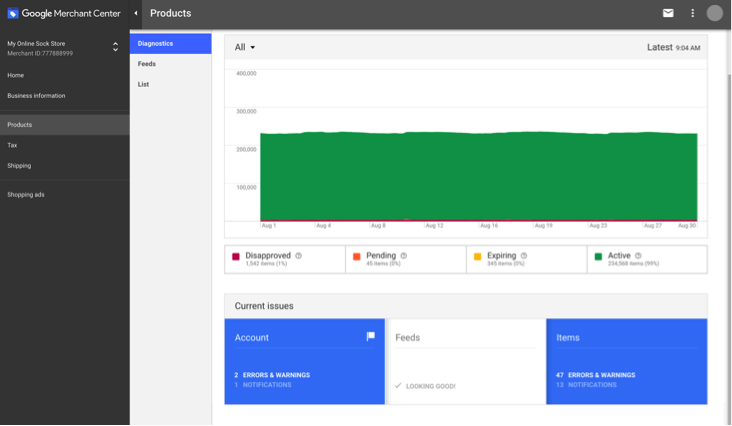You might think you know your way around Google AdWords, but do you really? Even expert marketers can overlook aspects of AdWords that they should be investing time and attention into. You could let your campaigns plateau. Or you could outpace the competition 10 to 1 by ensuring you have the seven tips to mastering AdWords installed in your campaigns. Read on to take your digital marketing from stagnant to overwhelmingly successful.
What is Google AdWords?
Leading search engines like Google are the first thing online users see upon opening a browser from their device. As a business looking into boosting your online presence, you wouldn’t want to miss this marketing opportunity. If you want to dive into the world of Google Ads, make sure to get into Google AdWords. This is the pay-per-click (PPC) online marketing platform by Google. It lets you display your advertisements on the search engine results page.
What does availing Google AdWords mean to your business? Every time an online visitor tries to search for something on Google, your advertisement pops up. If the user clicks it, you have a higher possibility of converting the visitor into a customer. Since the system works through PPC, you’ll only have to pay Google when a user successfully clicks your advertisement.
An essential element to the success of this advertising technique is choosing the right target audience. Since everyone may not be interested in your ad, you’ll have to find a way to narrow your audience down. Having a digital marketing consultant like Claire Jarrett can help you with that! Along with picking your audience, you’ll have to learn several tips and tricks to ensure that your Google Ads campaign will be seamless, converting, and profitable.
Structure & Quality Score
How many campaigns do you have running simultaneously? How many ad groups do you have per campaign, and how many ads do you have per ad group? The structure of your account should be carefully balanced to ensure that not only are you running the correct number of campaigns for your business but that those campaigns are well-organized to optimize your spending and bring in the highest ROI. Well-organized accounts will also keep your quality scores high. If a single keyword can trigger ads across multiple ad groups, your ad scores will lower, causing your ads to fail to show and wasting your ad spend.
Actionable tips: don’t have more than 2-3 ads per ad group to allow for the most robust A/B ad testing, and write your ads with keywords represented in the copy to keep ad quality scores high.
Ad Creative
Recently, Google introduced a new ad type called Expanded Text Ads which provides more information and thus takes up more room on the search engine results pages, giving your brand more visibility. They phased out their old ads, called standard text ads. However, many companies still use the standard ad text format without upgrading to Expanded Text Ads. Ad copy is also important to consider, as ad copy without your keywords lowers quality scores and prevents your ads from showing to searchers.

Actionable tips: make sure your ad copy is relevant to the keyword being searched, and keep your ads updated in the latest formats to be sure that you take full advantage of the opportunities Google AdWords offers.
Keywords
Keyword segmentation is of critical importance in keeping an account organized and reliably serving ads to all searchers. That is, separate your keywords properly by topic, category, and campaign in whatever way best suits your product or service. This includes using negative keywords, which will prevent your ads from triggering irrelevant searches, saving you money. Constant keyword and query research is needed to ensure that the most relevant keywords are always being used in your ads. Additionally, make sure your keywords are not too broad or too narrow for the audience you’re trying to reach.
Actionable tips: implement negative keywords, conduct constant keyword research, and add keywords as needed to help drive your conversions higher.
Bidding Optimization
Many marketers allow AdWords to automatically set bids for them. However, automatic bids don’t necessarily take into account performance, demographics, or device performance. Allowing automatic bidding, or setting the same bids for all keywords, results in wasted spending. It can also drag down your conversions and ROI if high-performing keywords aren’t given the budget they need to reach the greatest possible audience. All bids should be set manually. This accounts for individual keyword performance, the demographics of your audience, and the devices that your audience prefers using.
Actionable tips: start using manual bidding as soon as possible to control your spending, pull back bids on poor-performing keywords, and increase spending on the keywords and platforms that are bringing in the highest conversions.
Shopping
Though not applicable to all advertisers, shopping is essential to implement if your business is retail or direct to the consumer. Google Shopping is a powerful tool. It allows your audience to see you even more times on the search engine results pages: in a text ad, in the organic results. Then it shows in the Google Shopping results at the very top of the page or in the right column. The more real estate your brand name can claim, the more your brand will stay top of mind. So, utilize shopping to beat the competition.
Actionable tips: make sure your shopping campaigns are properly segmented. Also, make sure you account for the keywords you’re using and the category the product belongs to.
Traffic/Device Targeting
This topic is related to bidding optimization but is specific to device targeting and traffic. Google AdWords allows advertisers to raise or lower bids. This depends on which platform the ad shows on, ie. mobile, tablet, or desktop. These bid adjustments can have a huge impact on how much your ads show on these platforms. Plus, it impacts knowing which platforms your audiences are using the most. Moreover, it lets you know where audiences convert or make their purchases. All help you save money. If you target devices your audience isn’t using, you could be missing out on impression share. Even conversions that would contribute to your bottom line.
Actionable tips: pay attention to the amount of traffic each platform gets when searchers are looking for your brand and keywords. Optimize your spending to focus on the platform that sees the highest conversions.
Growth Opportunities
Even when advertisers have solidly built accounts with great segmentation, appropriate bidding, and organized structure, they can forget one last critical aspect: future opportunities for growth. Don’t be satisfied with just coasting by or breaking even. To keep your brand top of mind with current customers and also reach new audiences, your brand needs to focus on growth opportunities. AdWords affords this. This can include YouTube advertising, dynamic search ads, and remarketing lists for search ads (RLSA). As well as it can include display prospecting and Gmail Sponsored Ads targeting. The possibilities are nearly endless. It just depends on your resources and what options will work best for your products or services.
Actionable tips: Consider converting existing videos into paid YouTube ads, building remarketing lists out of emails gathered from your site, or building a prospecting display campaign.
With these seven pillars of AdWords fundamentals, your account should be robust, organized, targeted, and built for growth in the future!


